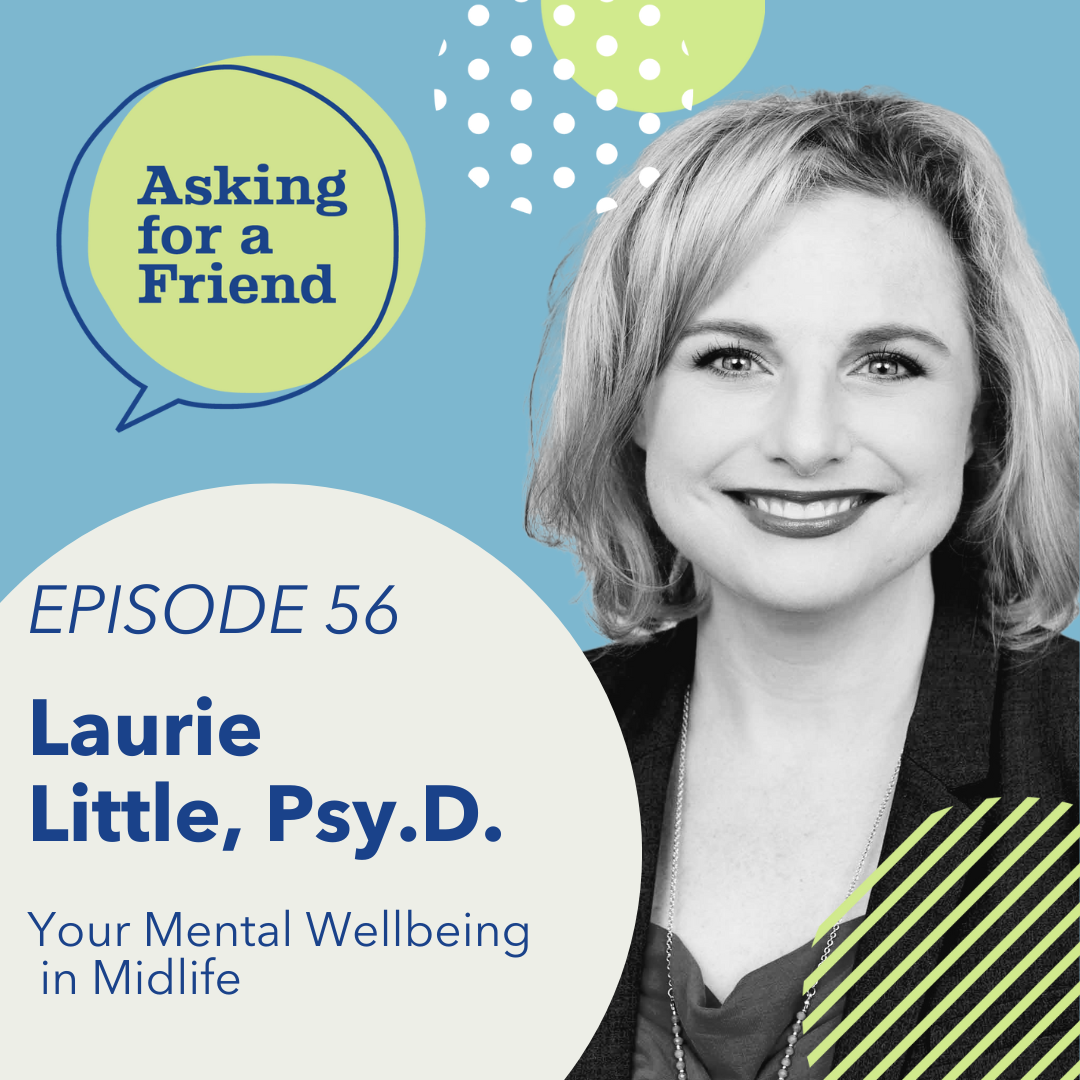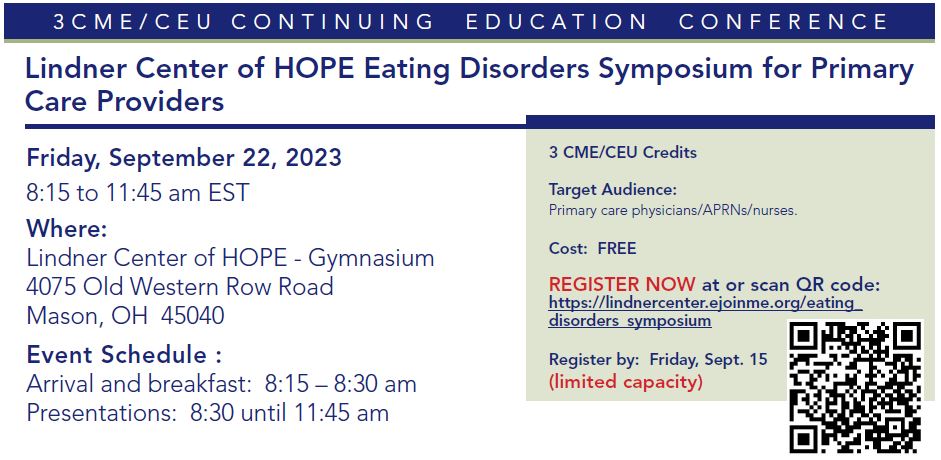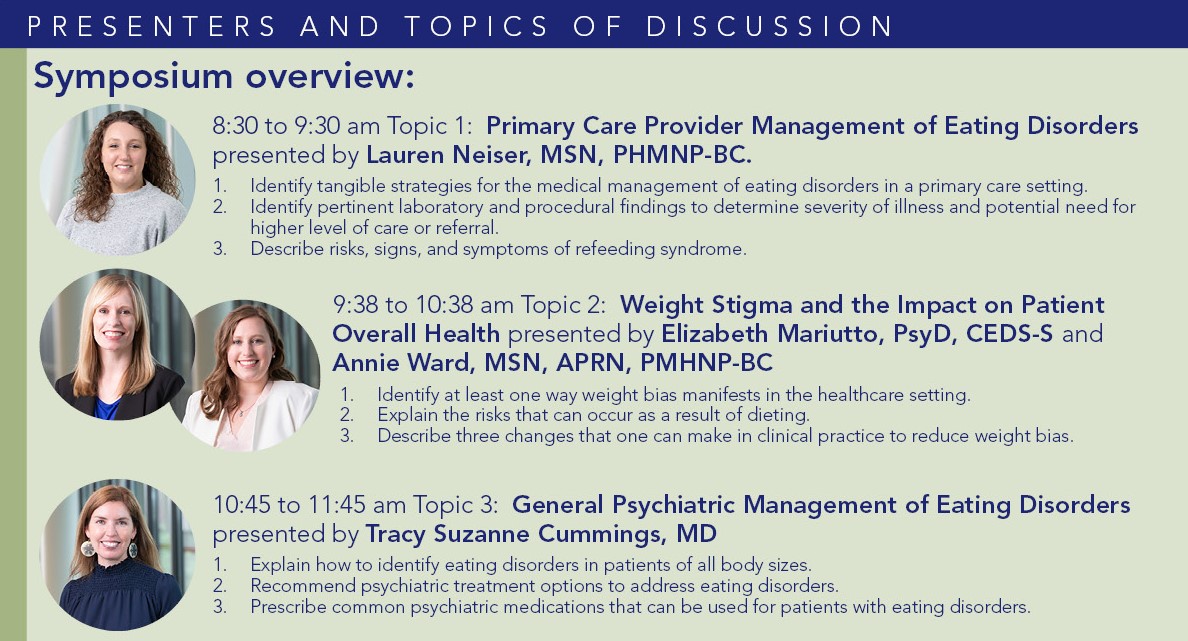Author: pricilagran
One of the greatest challenges in the treatment of bipolar disorder (BD) is the significant weight gain associated with psychotropic medications. Mood stabilizer medications with antimanic activity, which include lithium, valproate as well as atypical antipsychotics, remain the mainstay of treatment despite being associated with different degrees of significant weight gain. This is particularly notable for antipsychotic medications, which are furthermore associated with metabolic disturbances. Accelerated weight gain is concerning because it is associated with increased cardiovascular risk, and particularly important in patients with BD because of their increased risk for cardiac and metabolic disease. Furthermore, excessive weight gain is distressing and often plays a role in dissatisfaction with treatment and early discontinuation. A growing body of evidence suggests that weight gain, weight cycling, and central obesity are linked with exacerbation of bipolar symptoms and less favorable course of illness. A comprehensive treatment plan for bipolar disorder should include interventions to prevent or mitigate excessive weight gain. Let’s examine the available options and identify areas for further research.
Until recently, interventions for weight gain were mostly limited to lifestyle interventions. Inactivity and dietary choices are significant contributors to metabolic abnormalities seen in patients with BD, and although dietary and lifestyle changes have the potential for improving the overall quality of life, the results from these interventions often fail to keep up with the accelerated weight gain seen with psychotropics. Clinicians have also attempted to select medications with lesser potential for metabolic dysfunction and increased appetite, but this is not always a viable option. Bariatric surgery has the greatest potential impact as an intervention for obesity in BD. Although there is evidence that weight loss resulting from bariatric surgery is associated with improvements in mood, there is no data specific to patients with BD and this is only an option for stable, euthymic patients.
The use of off-label adjunctive medications for mitigating weight gain has had mixed results: Weight mitigation has been modest, efficacious medications have produced significant adverse events leading to discontinuation or the cost to the patient has been prohibitive. Topiramate and zonisamide are antiepileptic drugs with data suggesting efficacy in weight mitigation. Topiramate has shown significant efficacy in weight mitigation (3.1kg over 6-26 week, according to a meta-analysis), but it is poorly tolerated and is associated with significant cognitive adverse events and paresthesia. The estimated cost for a month’s supply of topiramate ranges from $40-$250. Data suggest that zonisamide also has a significant effect on weight gain mitigation with similar, but milder adverse events. Opioid receptor antagonists like naltrexone and samidorphan have demonstrated modest efficacy in mitigating weight gain associated with olanzapine. Samidorphan, the best-studied opioid antagonist, is associated with modest weight mitigation (1kg with olanzapine), is well-tolerated and is available on the market as part of a proprietary combination with olanzapine with an estimated cost of $1000/month.
Antidiabetic drugs like metformin and glucagon-like peptide-1(GLP-1 RA) receptor agonists have potential for weight mitigation and improvement of metabolic parameters such as dyslipidemia and insulin resistance. Metformin is a popular option for medication-induced weight gain. In patients treated with atypical antipsychotics, the estimated weight mitigation with metformin is 2-3kg and it is generally, well-tolerated. The average estimated monthly cost of Metformin ER 2000mg/daily ranges from $27 to $50. GLP-1 RAs and similar drugs have the potential for significant mitigation of weight gain associated with psychotropics, and in some cases, weight loss. These drugs are better tolerated than topiramate but additional research on the effects of these drugs on patients with BD is needed to determine efficacy and safety. GLP-1 RAs decrease glucagon secretion, have the potential for decreasing insulin resistance and delay gastric emptying, therefore decreasing appetite. In addition, GLP-1 RAs have been shown to improve glucose regulation, lipid levels, and reduce cardiovascular risk. Although GLP-1 agonists have demonstrated effectiveness in inducing weight loss and improving metabolic parameters in type 2 diabetes mellitus and obesity, data shows that only 10% patients eligible for treatment do not take these medications due to the high cost.
As we have seen, there are a few options for treatment of excessive weight gain associated with psychotropics, which can be used in addition to lifestyle interventions. Limitations the modest results seen with some interventions, intolerable adverse events with more effective options or high cost. Additional, affordable treatment options are needed.
For more information about Bipolar Disorder research at the Lindner Center of HOPE:
https://lindnercenterofhope.org/research/clinical-trials/#1619574722103-ad16b647-fc35
Works consulted:
Laguado SA, Saklad SR. Opioid antagonists to prevent olanzapine-induced weight gain: A systematic review. Ment Health Clin. 2022 Aug 23;12(4):254-262. doi: 10.9740/mhc.2022.08.254. PMID: 36071739; PMCID: PMC9405627.
Mangge H, Bengesser S, Dalkner N, Birner A, Fellendorf F, Platzer M, Queissner R, Pilz R, Maget A, Reininghaus B, Hamm C, Bauer K, Rieger A, Zelzer S, Fuchs D, Reininghaus E. Weight Gain During Treatment of Bipolar Disorder (BD)-Facts and Therapeutic Options. Front Nutr. 2019 Jun 11;6:76. doi: 10.3389/fnut.2019.00076. PMID: 31245376; PMCID: PMC6579840.
Wang Y, Wang D, Cheng J, Fang X, Chen Y, Yu L, Ren J, Tian Y, Zhang C. Efficacy and tolerability of pharmacological interventions on metabolic disturbance induced by atypical antipsychotics in adults: A systematic review and network meta-analysis. J Psychopharmacol. 2021 Sep;35(9):1111-1119. doi: 10.1177/02698811211035391. Epub 2021 Jul 27. PMID: 34311625.
By Nicole Mori, RN, MSN, APRN-BC, Lindner Center of HOPE Psychiatric Nurse Practitioner















